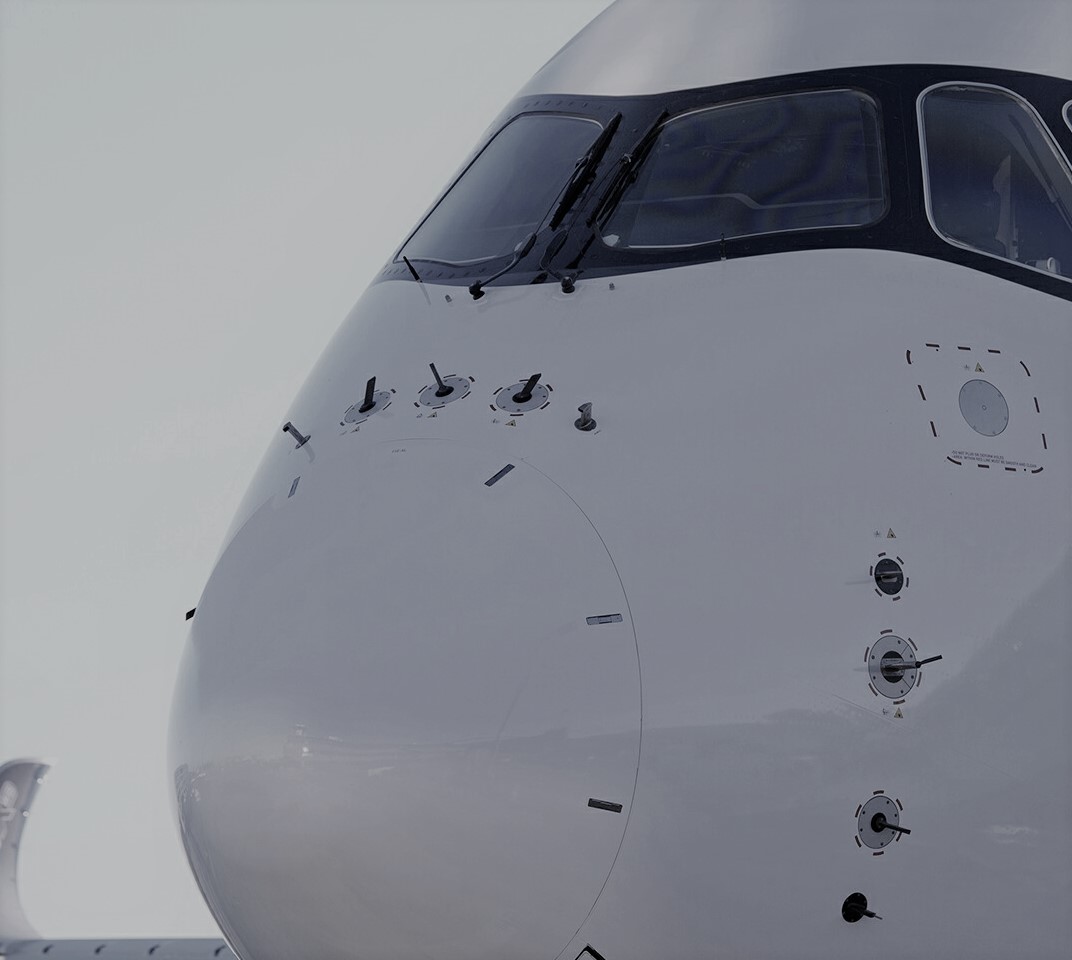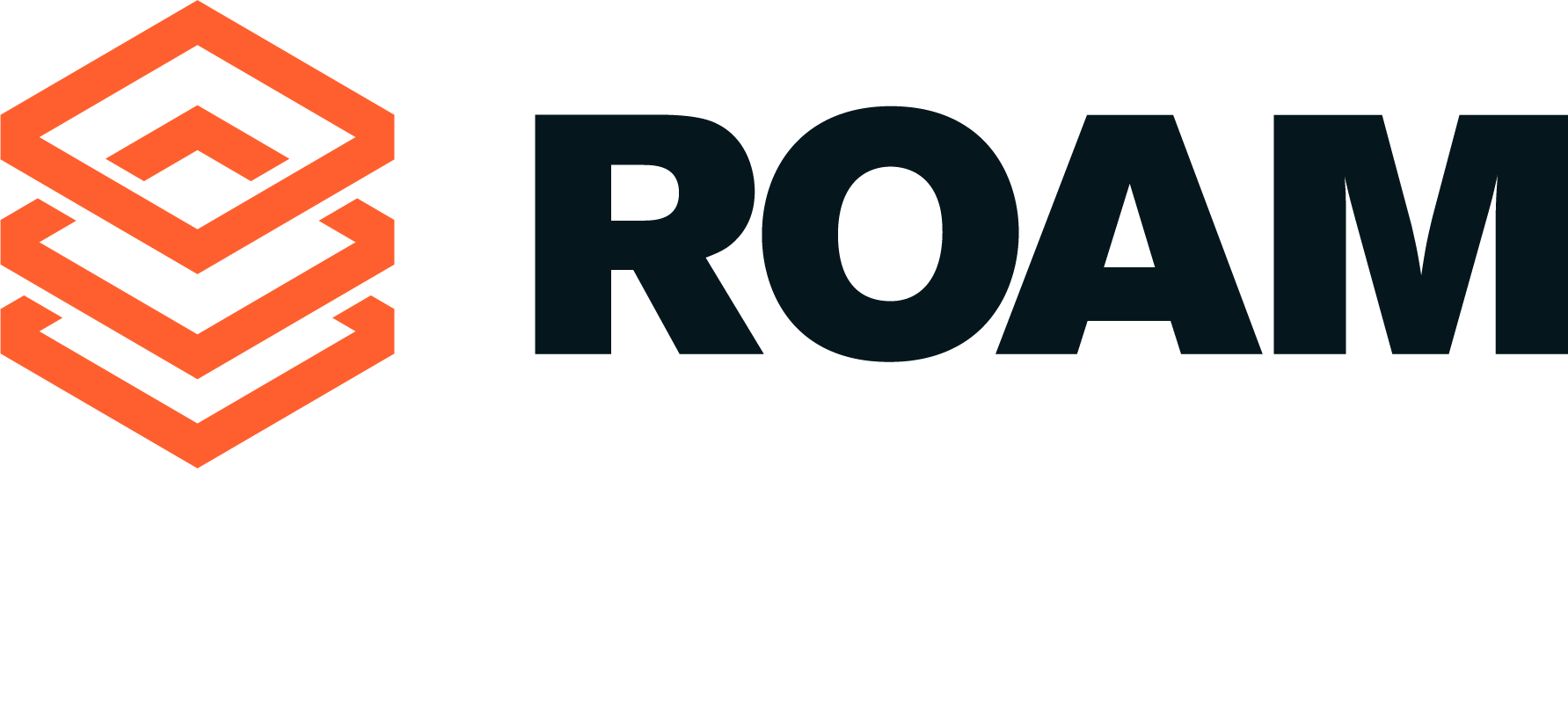
Plane Lords
"What the aerospace industry doesn’t know about its planes is costing it serious money"
Source : PWC
Today much of the information critical to keeping an aircraft in flight is collected manually and often in paper format which can be both expensive and a time-consuming process. However, this is changing as airlines and leasing companies adopt digital technology platforms to foster and improve stakeholder relationships in order to protect asset values and the success of airline restructure plans in a post covid era.
Today, airline engineering teams are not only responsible for the continued airworthiness of an aircraft but for ensuring a robust asset management platform is in place to protect aircraft values from both an operator and lessor perspective. The documentation generated through the lifecycle of an aircraft can have a significant impact on aircraft valuations and can quickly erode any profit margins should the required paperwork to demonstrate contractual or airworthiness compliance be unavailable or unclear requiring expensive remedial work.
Continued advancements in technology over the last decade supported by a growing regulatory acceptance has seen a rise in the number of airlines and leasing companies adopting digital platforms to manage the sometime delicate relationships between the lessor and lessee, as aircraft are transitioned in and out of fleets. As with any lease agreement airlines are required to satisfy complex contractual conditions during the hand back of an asset and often spend a lot of time addressing unexpected findings and negotiating financial penalties/settlements, resulting from erroneous documentation.
With over 150 global aircraft leasing companies owning, and asset managing an estimated 55% of the world’s airline fleets (Source CAPA), this for the first time has positioned aircraft leasing companies as the new Plane Lords, since the inception of the first aircraft leasing company: Guiness Peat Aviation (GPA) in 1975.
Aircraft leasing companies have become an invaluable source of financial leverage during the pandemic, enabling airlines to liquidate assets quickly in order to support business restructure or survival programmes. Certainly, for the foreseeable future we are likely to see leasing companies continuing to provide the necessary cash injections and financial models to support the big reboot of the industry with an immediate goal of keeping assets working, be it through PBH, or lower short term lease rentals.
The predicted trend will be to see many airlines operating a larger mix of leased aircraft within their portfolio.
Leasing companies have wasted no time in adapting their business model to support existing airline survival plans and the proliferation of new start-ups seeking to fill niche market opportunities. Changes to traditional leasing models will impact the historical relationships between airlines and leasing companies which may lead to greater oversight especially in emerging markets and especially during end of lease.
A growing number of airlines have already replaced boxes of paper records with some form of digital archive storage system. This digital transformation will continue to gain momentum as leasing companies recognise the value and efficiencies derived from airlines using digital records managements platforms to simplify and reduce costs attached to the aircraft transition process. The more advanced record platforms offer a menu of bespoke options to support airlines and lessors manage assets during shorter lease cycle periods. Without doubt, leasing companies will want to protect asset value to maximise lifetime value. The digital age means asset owners can have full oversight of their asset anywhere and potentially at any time.
More recently, independent technical consultancy firms engaged to support midlife valuations and end of lease transitions have invested in their own digital records platform to meet future demands in managing asset values and aircraft transition costs more efficiently. The use of smart algorithms and basic AI to shoulder the majority of the administrative burden associated to doing full records reviews allows the experienced technical consultant to focus on the more complex issues and maintain oversight of the process.
Future success of the industry will be dependent upon enhanced collaborative stakeholder relationships embracing new technology and digital platforms to help facilitate the continued airworthiness and overall lifecycle journey of an asset from cradle to grave.
Learn more about ROAM, the most advance software platform in the Aviation industry today.
Mark Turner - Business Development Manager: m.turner@gamit.co.uk
.

